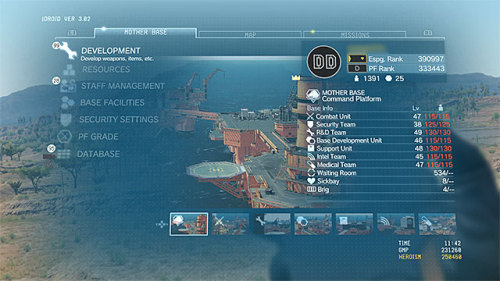Q
Anonymous asked:
My friend is making an arcade racer and I've been playtesting his builds for him. He didn't go into it thinking it'd be easy but there's a ton of things he didn't at all realize would be a headache going into it. Obviously all games are hard to make but some are more apparent about their daunting nature. Which genres are deceptively difficult even if reasonably possible by a small indie team? What surprised you when you hit the big leagues?
A
Whenever I do solo dev work, the feature that always takes the longest and tends to require the most work to get something playable by actual players is the UI. Building out the gameplay features is always a lot of fun, but you can only go so far by fiddling with variables and restarting. There’s always a significant amount of UI groundwork that needs to be done in order to make a game playable at all, just because of how much information needs to be conveyed to the player.
Whenever I build support into a game for different characters, cars, tracks, loadouts, etc. then each of those options needs its own way to choose that option from a list of available choices. That display must show a lot of information to the player so she can make an informed decision (e.g. this car has fast acceleration, that one has high top speed, this other one corners well, etc.), which all requires an intuitive screen layout, information presented, and so on and so forth.
Small-team dev also tends to build more system-driven games because it’s more dev-time-efficient than creating single-use narrative-driven content. The tradeoff is that system-driven content also requires significantly more UI to convey all of that information to the player. This means games with a lot of options for players to choose tend to require a lot of UI work, which is something many hobbyists don’t think about when starting.
[Join us on Discord] and/or [Support us on Patreon]
Got a burning question you want answered?
- Short questions: Ask a Game Dev on Twitter
- Long questions: Ask a Game Dev on Tumblr
- Frequent Questions: The FAQ
Notes
 brandonvout liked this
brandonvout liked this holycloudpeanut liked this
taupewolfy reblogged this from askagamedev
alexc-tumble liked this
 d-krian liked this
d-krian liked this chromarin liked this
 ryulasky liked this
ryulasky liked this mareloflondor reblogged this from askagamedev
akira-ni-nekora liked this
supercomputer276 reblogged this from askagamedev
gobywan liked this
 anonymtako liked this
anonymtako liked this partytimesdeluxe liked this
xopachi liked this
mrmr1019 liked this
therandominternetperson liked this
 impact801 reblogged this from askagamedev
impact801 reblogged this from askagamedev  impact801 liked this
impact801 liked this pie-shenanigans liked this
 maternalcube reblogged this from askagamedev
maternalcube reblogged this from askagamedev  maternalcube liked this
maternalcube liked this qaiqeno liked this
theomenroom reblogged this from askagamedev
iocainesmoothie liked this
uraniumraptor liked this
moonlit-tulip liked this
theothin reblogged this from askagamedev
theothin liked this
podigi liked this
wizard-of-whispers liked this
aethelfrith liked this
rexroads liked this
 dathemyscira liked this
dathemyscira liked this vimlos liked this
 direvampire liked this
direvampire liked this  askagamedev posted this
askagamedev posted this My friend is making an arcade racer and I've been playtesting his builds for him. He didn't go into it thinking it'd be...


